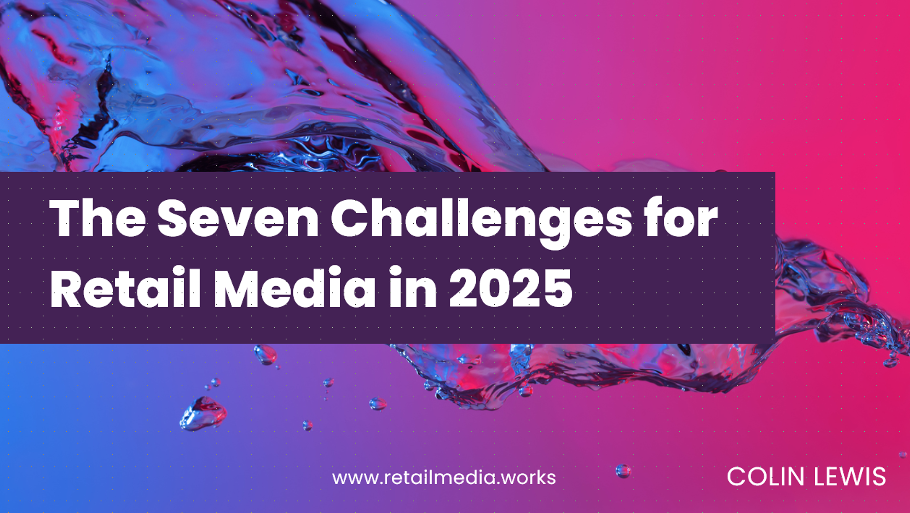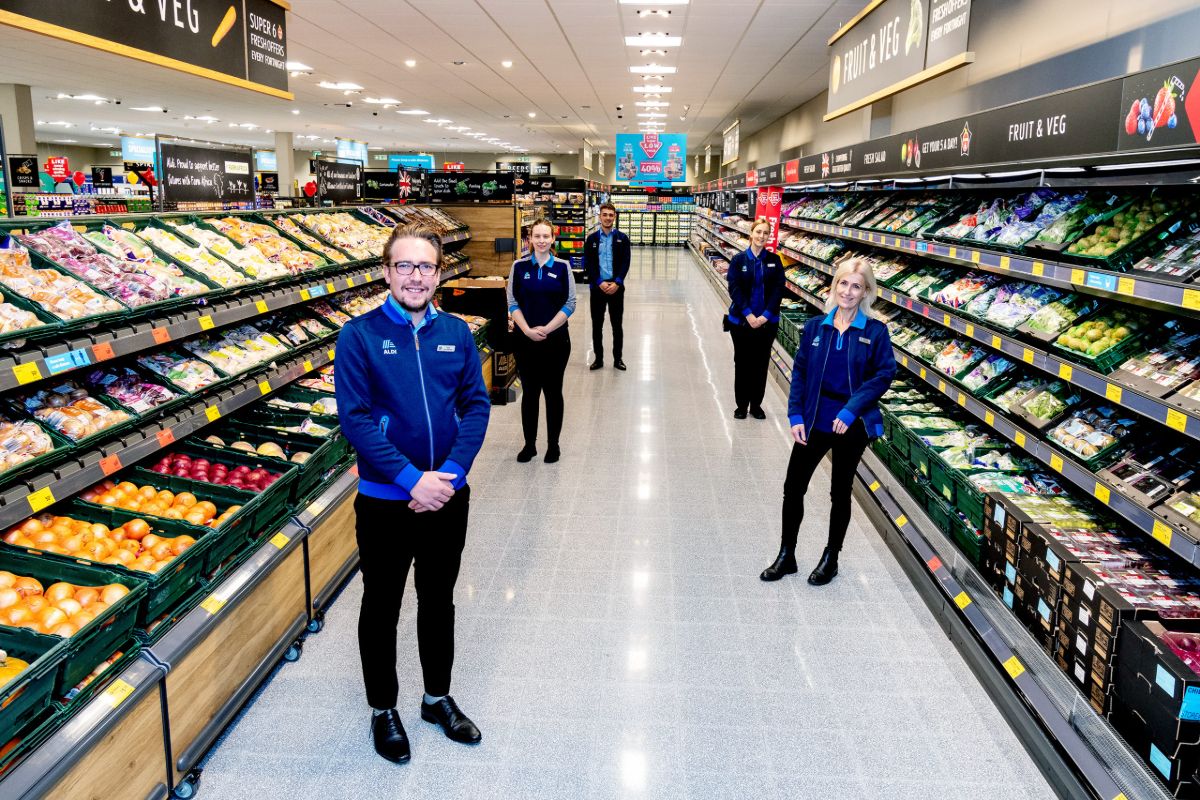Tell us about your company’s USP
Ampersand is an ecommerce agency that’s focused on complex implementations for mid-market retailers and brands. We create ecommerce websites and all the systems around them faster than our competitors and with a lower cost of ownership compared to enterprise solutions.
What is your strategic vision?
We make a real effort to build well-architected, long-lasting systems on which we can build a relationship with our clients. Some agencies would be comfortable with a shorter-term engagement with customers but for us, a five-year engagement with a customer is not unusual. There are two parts to it for us: the overall solutions and the ecommerce website.
What is your business currentlydoing in the ecommerce/multichannel market?
We are working with a number of key technologies that we’ve adopted because we think they are best-in-class within the mid-market. We’re working on ways to build them into a solution that competes with enterprise solutions without all the legacy and overheads of working with a big enterprise provider. For us, it’s about working with some smaller, as well as some bigger, technology platforms, and integrating them into a meaningful solution for retailers. We can then offer customers a solution with a timescale and cost that is more competitive than the much bigger enterprise solutions. That works really well for our mid-market customers.
Tell us about the latest service that you have launched for retail clients
We’re building solution accelerators to allow us to deploy ecommerce, PIM, integration, search and merchandising in one package in a very short period of time. By accelerating the process, we aim to get retailers to the point where they can put something live much, much faster. We’re able to look at all those areas and ship the whole solution as an enterprise product would, but in months rather than years.
We hear all the time from people that they need to move so much quicker. When we win opportunities, it’s because we can often do things in half the time that a bigger supplier would take. If you take two years to build a project, by the time you get halfway through, there will be things you will have missed, or no longer necessary, or even out of date.
How does this compare to what your competitors are doing?
Our competitor platforms are acquiring multiple businesses and packaging them up into an all-encompassing solution, then shipping them through solution partners. I guess their customers get a package with a single logo on it that’s been sold as an integrated solution, but often it isn’t quite that simple, certainly not to start with. The size of those systems and the way they’re built can mean they take a long time to implement.
By contrast, we’re taking mid-market solutions that are more agile and we’re integrating those together at speed before deploying them together. This gives our clients flexibility around, for example, which PIM they want to use in a hybrid model.
Who are your customers?
They are mid-market retailers with a high level of complexity. That might mean they are multi-brand, have a large number of SKUs, are B2B, or all of the above. They might be doing international as well. Time to market is key for our customers. They want to be doing implementations in a 12-month window rather than two years, and sometimes a lot faster than that.
We have most recently deployed an implementation for the Regatta Group , which includes four of their brands. We also continue to work with Web-Blinds , Interflora and Harvey Nichols , amongst many others.
How do you see the ecommerce/multichannel industry developing in the future, and how will your business adapt to that?
For me, the thing that I think will go away is the talk of specific devices. That discussion of desktop versus mobile versus tablet will start to go away as shoppers adopt more and more varied ways of interacting with retailers. There are things that seem a long way off but that will have the same impact on the need for technology to change.
If you think about virtual reality, that’s not anywhere near being adopted in the mainstream by retailers, but it requires an approach where retailers have the flexibility to be able to add and take away those interfaces, or touch-points, in a very straightforward way.
In the short-to-medium term it’s going to be about screens but I think things are going in the direction of headless commerce – where customers transact with brands wherever they are, rather than solely via a website. I think a lot of technology stacks will struggle to cope with that because a lot of retailers and platforms are still differentiating between doing an implementation for mobile, doing one for desktop, doing one for tablet and doing yet another for a mobile app. I think a lot of retailers already feel that is unsustainable, or it’s too much to manage.
AMPERSAND IN BRIEF
Date launched: 2009
Reach: Based in the UK, works with clients in the UK and internationally
Turnover: £3.2m
Customers: Bensons for Beds , Harveys Furniture , Hillary’s (Web Blinds), Regatta Outdoor Clothing, Interflora, The Book People , Harvey Nichols, Moda in Pelle , Demon Tweeks
Number of employees: 50
Website: www.amp.co
For more information: contact Darryl Adie, CEO – da@amp.co or 0161 236 5504
This Company Spotlight was produced by InternetRetailing and paid for by Ampersand. Funding articles in this way allows us to explore topics and present relevant services and information that we believe our readers will find interesting and informative






